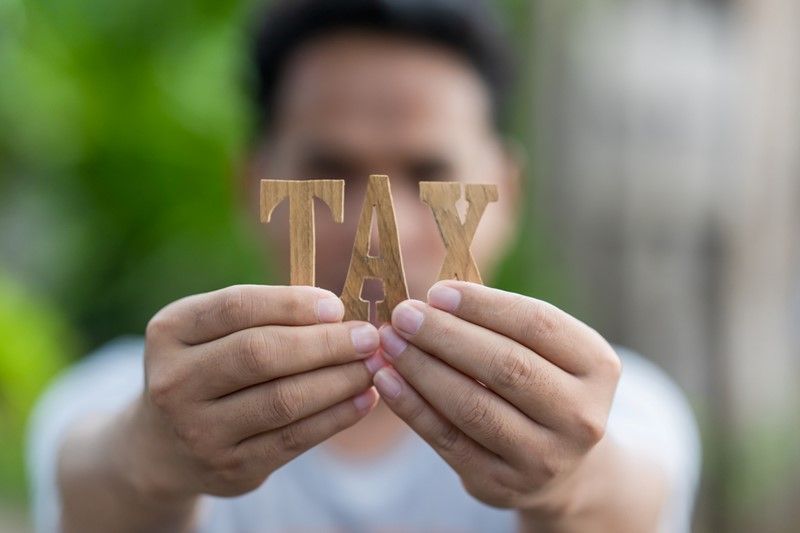Autumn Budget 2025 – Personal Tax changes
The chancellor Rachel Reeves announced as part of the Autumn Budget measures that the Income Tax thresholds will be maintained at their current levels for a further three years until April 2031. This will see the personal tax allowance frozen at £12,570 through to April 2031 across the UK. In addition, the higher rate threshold will remain at £50,270 (there are differences in Scotland). National Insurance thresholds will also remain frozen until 2031.
This means that more taxpayers will be pushed into paying higher taxes as income increases at a far faster rate than the frozen tax bands. This phenomenon is known as fiscal drag. The freezing of most of the Income Tax allowance and rates at current levels until 2031 means that many taxpayers will pay more Income Tax as their income increases with no corresponding increases in their allowances and more taxpayers will see their taxable income boosted into the 40%, or 45%, Income Tax bands.
The existing thresholds for the basic rate, higher rates and additional rates of tax have also been frozen where income is derived from employment or self-employment. However, the government will create separate tax rates for property, savings & dividend income.
- Tax on most dividend income will increase by 2% from April 2026. The ordinary rate will rise from 8.75% to 10.75%, and the upper rate from 33.75% to 35.75%. The additional rate will remain unchanged at 39.35%.
The changes to the tax rates for property and savings income will take effect from April 2027.
- From 2027-28, the property basic rate will be 22%, the property higher rate will be 42%, and the property additional rate will be 47%. These rates will apply across England, Wales and Northern Ireland.
- From 2027-28, the savings basic rate will be increased to 22%, the savings higher rate will be increased to 42% and the savings additional rate will be increased to 47%.
The current rules that allow Basic Rate taxpayers to receive £1,000 of interest without paying tax, and Higher Rate taxpayers to receive £500 without paying tax are set to remain as is the Starting Rate for Savings of up to £5,000 for lower earners.




